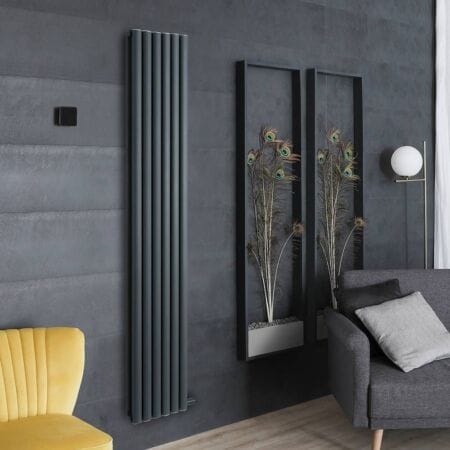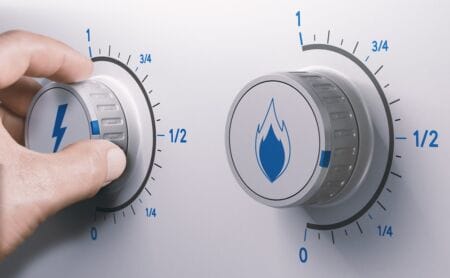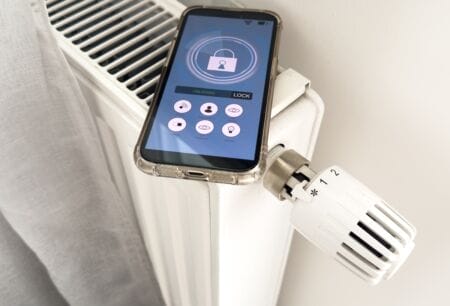Contents
ToggleWhat we'll cover...
Easy hacks and practical tips to stay warm at home without racking up massive energy bills.
Keeping heating costs down in colder climes
We’ve all been there. Winter is coming, and you’re feeling less Ned Stark and more cold and dark – and that’s before the dreaded heating bill has even arrived yet. As the temperature drops, the temptation to crank up the thermostat rises, but that often leads to a financial shock when the energy bill finally does turn up, whether that be by raven or post. Fortunately, keeping your home warm doesn’t have to mean emptying your bank account. With a few clever adjustments and energy-saving strategies, you can significantly reduce your heating bills while keeping cosy all season long.
This guide will walk you through practical ways to optimise heating efficiency, cut unnecessary costs, and make the most of modern heating technology like smart radiator valves. Whether you’re looking for quick fixes or long-term savings, we’ve got you covered.
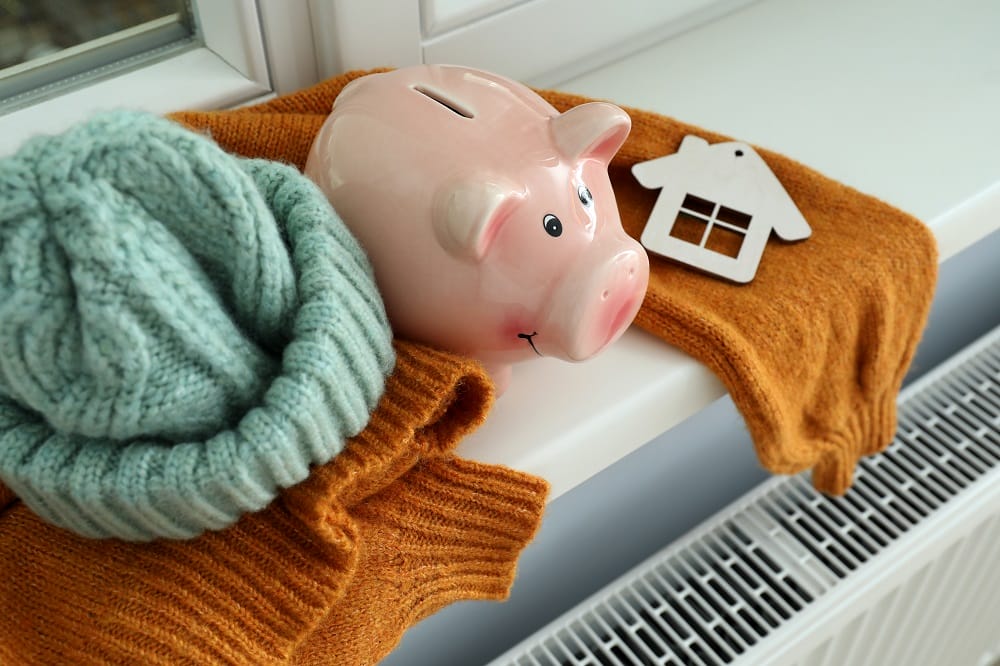
Understanding heating costs: Where does your money go?
Before you can start saving, it helps to understand where your heating expenses are going. Here’s a quick breakdown of what contributes to your energy bill:
Heating system efficiency: Older boilers and inefficient radiators waste energy.
Heat loss: Poor insulation and draughts allow warmth to escape, making your heating system work harder.
Thermostat misuse: Overheating your home by even a few degrees can cost you significantly.
Poor radiator performance: Trapped air, blocked radiators, or incorrect placement can reduce heat output.
Unnecessary heating: Warming rooms that are rarely used leads to wasted energy.
Now that we know where energy is lost, let’s look at how to fix it.
How to improve radiator efficiency and heat output
Your radiators are the backbone of your home’s heating system, so making sure they work efficiently can lead to significant savings. Here’s how:
1. Bleed your radiators
If your radiators have cold spots, they might have trapped air inside. This prevents hot water from circulating properly, reducing efficiency.
How to fix it: Use a radiator key to release trapped air and improve performance. A full breakdown can be found in our guide, how to bleed a radiator.
2. Install radiator reflectors
A surprising amount of heat is lost through external walls. Installing radiator reflector panels can bounce that heat back into the room instead of letting it escape.
Why they work: Reflectors reduce wasted energy and improve overall warmth.
3. Avoid blocking radiators
Placing furniture in front of radiators can significantly reduce heat output, meaning your system has to work harder to warm the room.
How to fix it: Keep radiators clear and allow airflow around them.
4. Use thermostatic radiator valves (TRVs)
Thermostatic radiator valves, or TRVs, allow you to control the temperature of individual rooms, so you’re not wasting energy heating spaces you don’t use. Our article, the role of radiator valves in energy efficiency, offers further insight.
How to use them: Lower settings in unused rooms and adjust temperatures as needed.
Smart heating: How automation can cut costs
If you’ve ever heard the term BTU (British Thermal Unit) and immediately switched off, don’t worry – we’ve got you covered. Simply put, BTU ratings tell you how much heat a radiator can produce. Choosing the right BTU output is essential for energy efficiency; too low, and your room will feel like a fridge. Too high, and you’ll be wasting energy (and money) unnecessarily.
1. Install a smart thermostat
Smart thermostats learn your habits and adjust heating schedules automatically, preventing unnecessary energy use.
Savings potential: Households with smart thermostats can save up to 10-15% on heating bills.
2. Use programmable timers
There’s no need to heat your home while you’re asleep or at work. Set your heating to switch on just before you wake up or return home.
Why it works: Less wasted energy, more efficient heating.
3. Control heating remotely
With smart heating apps, you can adjust your home’s temperature from anywhere, ensuring you only heat when necessary.
Perfect for: Busy schedules and unexpected changes in routine.
The impact of proper insulation on energy savings
1. Upgrade loft and wall insulation
Up to 25% of heat is lost through the roof and 35% through walls, so investing in insulation can lead to big savings.
Savings estimate: Proper insulation can reduce energy bills by up to 30%.
2. Draught-proof doors and windows
Even small gaps can let cold air in and warm air out, making your heating system work harder.
Easy fixes:
- Use draught excluders on doors.
- Apply weather stripping to windows.
- Close curtains at night to trap warmth.
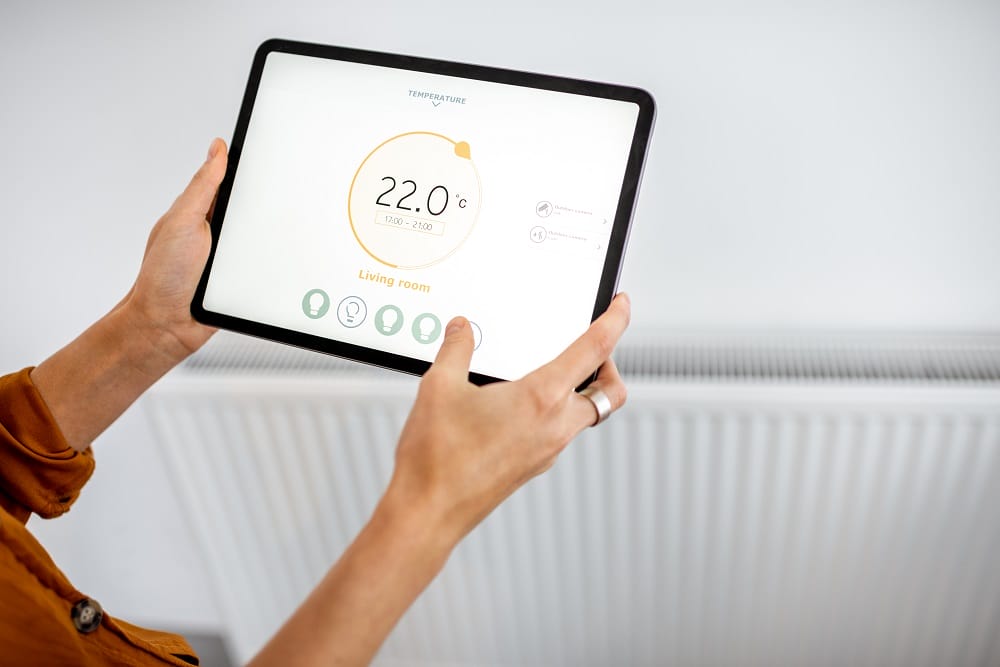
Quick heating hacks for lower energy bills
- Lower your thermostat slightly
Even reducing your thermostat by just 1°C can cut heating bills by up to 10%.
- Layer up instead of turning up
Instead of immediately reaching for the thermostat, try wearing an extra layer or using a blanket when relaxing.
- Let the sun work for you
On sunny winter days, open curtains to let in natural warmth, then close them at night to keep it in.
- Heat only the spaces you use
There’s no point in heating rooms you rarely use. Use TRVs or zoned heating to direct warmth where it’s needed most.
Stay warm for winter and save money with BestHeating
Winter heating bills don’t have to be a nightmare. By making small changes – like optimising radiator efficiency, improving insulation, and using smart heating controls – you can significantly cut costs without sacrificing comfort.
With a few smart choices and a little planning, you can stay warm all winter long without breaking the bank. Now, go forth and conquer the cold! And let us know your best winter heating tips in the comments, or through Instagram, Facebook or X.
John is a Research Specialist for the Best Heating Advice Centre, where for over nine years he has dedicated himself to demystifying home heating for our customers. He specialises in creating clear, data-driven guides and how-to articles by collaborating directly with our team of certified heating experts and product engineers.
His work, built on a foundation of journalistic research, has helped millions of readers make confident and informed decisions about their home heating. When he’s not breaking down the heat output differentials from radiators to heated towel rails, John fancies himself as a fine football and music connoisseur.



